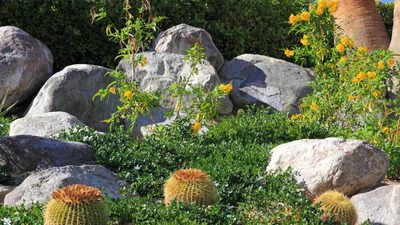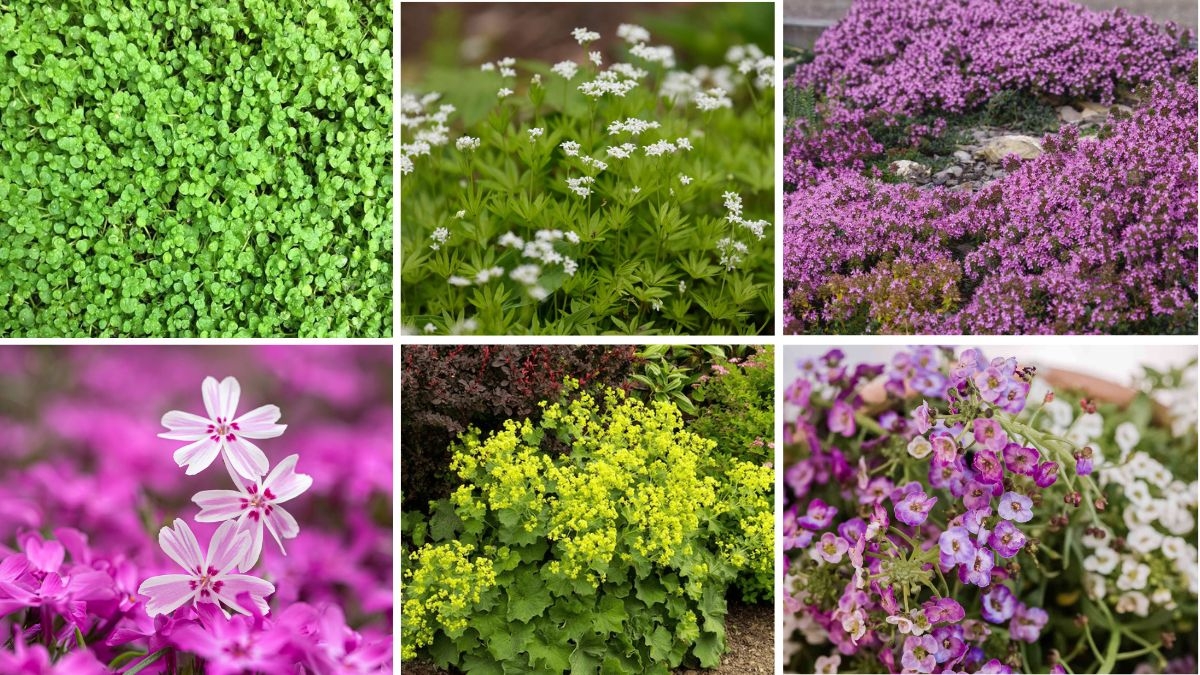Are you looking for plants that cover the ground well? Native ground covers are a great choice. They grow close to the earth. They spread out and make a green carpet. These plants help your garden look nice. They also help the environment.
What Are Native Ground Covers?
Native ground covers are plants that grow naturally in your area. They have been there for a long time. They do not come from far away places. These plants are used to the weather and soil near you. This means they grow well with less care.
Ground covers grow low and wide. They cover the soil between bigger plants. They stop weeds from growing. They keep the soil safe from rain and wind. This helps keep your garden healthy.
Why Choose Native Ground Covers?
There are many reasons to pick native ground covers. Here are some important ones:
- Easy to Grow: They grow well without much help.
- Save Water: They need less water than non-native plants.
- Protect Soil: They stop soil from washing away.
- Help Wildlife: They provide homes for birds, insects, and bees.
- Good for the Environment: They keep nature balanced.
How Do Native Ground Covers Help Your Garden?
Native ground covers do many good things. They keep the soil cool in hot weather. They keep the soil moist by holding water. They stop weeds from taking over your garden. This means you spend less time pulling weeds.
When it rains, soil can wash away. Ground covers stop this by holding soil in place. They also help stop mud from spreading. This keeps paths and walkways clean.
Some ground covers have flowers. These flowers attract bees and butterflies. These insects help pollinate other plants in your garden. This means more fruits and flowers for you.
Types of Native Ground Covers
There are many types of native ground covers. Different plants work well in different places. Some like sun, some like shade. Some need dry soil, some like it wet. Here are some popular native ground covers:
| Plant Name | Sunlight | Water Needs | Special Features |
|---|---|---|---|
| Creeping Thyme | Full sun | Low | Fragrant leaves, attracts bees |
| Wild Strawberry | Part shade | Medium | Edible fruit, small white flowers |
| Bearberry | Full sun to part shade | Low | Red berries, evergreen leaves |
| Blue Star Creeper | Part shade to shade | Medium | Small blue flowers, dense cover |
| Ajuga | Shade | Medium | Colorful leaves, purple flowers |
How to Plant Native Ground Covers
Planting native ground covers is simple. Follow these steps:
- Choose the Right Plant: Pick a plant that fits your garden’s sun and water.
- Prepare the Soil: Remove weeds and loosen the soil.
- Plant Carefully: Place plants in the ground with space to grow.
- Water Well: Water the plants after planting.
- Mulch: Add mulch to keep moisture and stop weeds.
After planting, water the plants for a few weeks. This helps their roots grow strong. Once they are growing well, you need less water.

Credit: timesofindia.indiatimes.com

Credit: www.shutterstock.com
Tips for Taking Care of Native Ground Covers
Native ground covers are not hard to care for. Here are some easy tips:
- Water young plants often until they grow strong.
- Once established, water only when soil is dry.
- Cut back plants if they grow too much.
- Remove weeds to give space for your plants.
- Use natural mulch to keep soil moist.
Common Problems and Solutions
Sometimes, ground covers have problems. Here are some common ones and what to do:
| Problem | Cause | Solution |
|---|---|---|
| Weeds growing through | Not enough mulch or dense coverage | Add more mulch, pull weeds early |
| Plants not growing well | Wrong soil or too much water | Check soil type, reduce watering |
| Brown or dry leaves | Too much sun or not enough water | Move plants to shade, water more |
| Pests eating leaves | Insects or animals | Use safe pest control, handpick bugs |
Benefits for the Environment
Native ground covers help the Earth in many ways. They use less water than other plants. This saves water for everyone. They keep soil healthy by stopping erosion.
These plants support local wildlife. Birds and insects find food and shelter. Bees and butterflies get nectar from flowers. This helps more plants grow around your home.
When you use native plants, you help keep nature’s balance. This is good for future generations.
Where to Use Native Ground Covers?
Native ground covers work in many places. Here are some ideas:
- Between trees and shrubs
- On slopes to stop soil from washing away
- In shady spots where grass won’t grow
- Along pathways to keep dirt down
- In flower beds to fill empty spaces
They add color and texture to your garden. They make your garden look full and healthy.
Frequently Asked Questions
What Are Native Ground Covers?
Native ground covers are plants that naturally grow in your local area. They help prevent erosion and require low maintenance.
Why Choose Native Ground Covers For Your Garden?
They adapt easily to local conditions. They need less water and care, making them eco-friendly choices.
Do Native Ground Covers Attract Wildlife?
Yes, they provide food and shelter for local wildlife like birds and insects, promoting biodiversity.
Can Native Ground Covers Replace Grass Lawns?
Absolutely, they offer a sustainable alternative to grass lawns. They require less mowing and watering.
Conclusion
Native ground covers are a smart choice for gardens. They grow well with little care. They save water and protect soil. They help local animals and insects. They make your garden look nice and green.
Choosing native ground covers means helping your garden and the Earth. Start small. Pick plants that fit your space. Watch your garden grow and thrive with these simple plants.
Give native ground covers a try. Your garden will thank you.
5 min read

